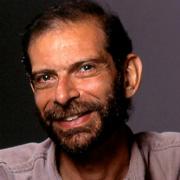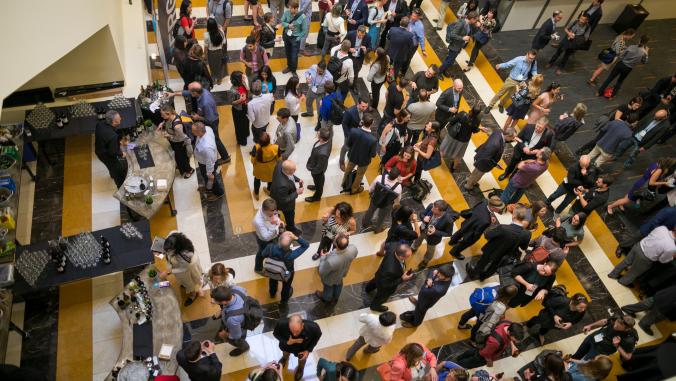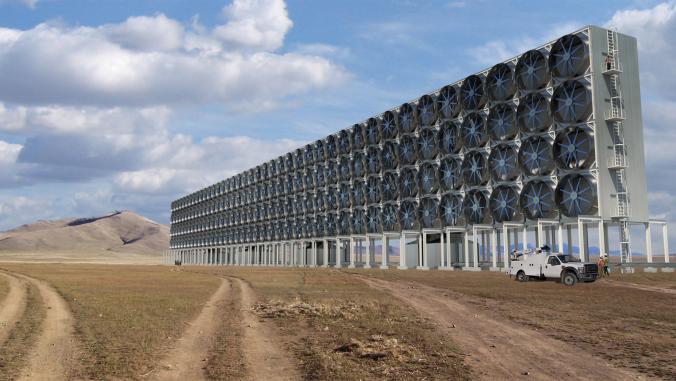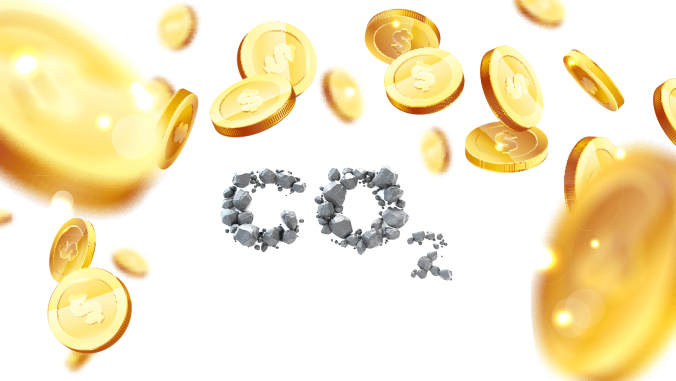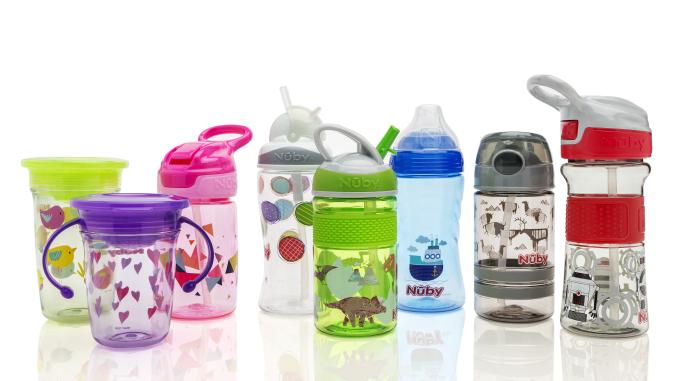Solar plane pioneer embarks on journey to help low-carbon innovations take flight
Celebrated Solar Impulse pilot rallies behind new labeling campaign to highlight innovative technologies for energy efficiency, renewables and more.

<p>The technologies selected for recognition align with one of five U.N. Sustainable Development Goals, such as responsible consumption.</p>
Bertrand Piccard understands inspiration. The Swiss psychiatrist, aviator and adventurer is the grandson of Auguste Piccard, who, nearly a century ago, explored the Earth’s upper atmosphere in a helium balloon, rising to a record-setting 75,459 feet. His father, Jacques Piccard, explored the deepest parts of the ocean in an experimental submarine called a bathyscaphe that he helped to design.
Piccard followed the family tradition in 2015, when he and Andre Borschberg circled the globe in the Solar Impulse aircraft without using a single drop of fuel, an achievement that few thought possible. This incredible aircraft was as big as a 747 but weighed little more than an SUV. In order to remain aloft through the night, it needed to be light enough that the solar panels covering its wings could power it, while containing enough battery storage to keep it aloft until sunrise.
As he flew cleanly and silently above the clouds, Piccard imagined himself in a future he longed to share with future generations. Indeed, he told GreenBiz, he felt a tiny disappointment returning to Earth with all of its pollution and noisy machinery, feeling as if he "had returned to the past."
Determined to do everything in his power to bring about that future, Piccard decided to leverage the visibility generated by his voyage to show the world that this transition to a cleaner, more benign presence on the planet can be done affordably, using technology already available.
Recognizing that no person or company can do this alone, he, along with the Solar Impulse Foundation, formed the non-profit World Alliance for Energy Efficient Solutions earlier this year. The initiative is intended as a global partnership that provides an opportunity for innovators, usually startups that lack visibility, to connect with investors and "solution seekers."
The alliance is a collaboration with organizations including the World Economic Forum, IEA, IRENA, U.N. Environment and the European Research Council, and it is sponsored by corporate partners including Air Liquide, Nestle and Solvay. These donors provide an annual operating budget of $2.9 million. (Piccard receives no salary.) The network has 929 members, consisting of large and small companies, that can interact with one another to learn, invest, partner and collaborate.
For example, Akuo Energy, the leading French independent renewable energy power producer, provided both market access and capital to Mascara Renewable Water, a company producing highly efficient renewable-powered reverse osmosis filtration systems. In another example, Piccard presented SeaBubbles, which has developed an electric, energy autonomous water taxi to the Covenant of Mayors. That conversation resulted in deployment opportunities.
Launching the alliance was the first step; the group recently launched an "Efficient Solution" label. The intent is to leverage technological expertise from alliance partners to evaluate products and technologies focused on improving efficiency and to assess the economic viability of each.
Piccard told GreenBiz that he considers it crucial "to disprove the idea that the sustainable path is always the more expensive path." Rather, he wants to demonstrate that protection of the environment is "a fantastic opportunity for the economy, for finance, for industry." The Solar Impulse Foundation has set an initial target of identifying 1,000 solutions that can protect the environment in a cost-effective way.The initiative is intended as a global partnership that provides an opportunity for innovators, usually startups that lack visibility, to connect with investors and solution seekers.
The Efficient Solution Label, according to Piccard, essentially certifies the technological feasibility, environmental and socio-economic benefit, and cost-effectiveness of these environmental solutions. The label, when awarded, includes an estimate of the payback period as determined by the experts that evaluate each solution.
The solutions being sought must address one of five sustainable development goals (SDGs): water (SDG 6); clean energy (SDG 7); industry (SDG 9); cities (SDG 11); and responsible consumption and production (SDG 12).
Piccard said he wants to use his reputation and status to elevate innovative startups that his experts have evaluated and found worthy of more attention. He believes the technologies they have developed have broader appeal that can transcend political and ideological divides, while bringing prosperity along with a cleaner planet. "Even for climate change deniers," Piccard said, "there are a lot of clean technologies that are fantastic opportunities for business," as outdated polluting systems give way to cleaner and more efficient ones.
Piccard’s ability to marshal the technological and financial resources required to realize his vision for the Solar Impulse journey around the world serves as a beacon for a clean energy future. In the engineering community, the voyage has been compared to a moon shot. Today, he is well-positioned to leverage his moment and shed light on many technological innovations that otherwise might not be noticed.
To be eligible for selection under the labeling program, companies must first apply to become members of the non-profit World Alliance for Efficient Solutions. There is no fee to join. Applicants must sign a charter that lays out the ethical values that the foundation wants to promote, which are tied to the SDGs. Technologies suggested for recognition must be market-ready or already sold commercially.
The application itself is quite detailed, requiring companies to explain the technology or solution, as well as the business model being used to bring it to market. According to Piccard, it takes several hours to fill out. The form is then reviewed by independent experts. The evaluation process has been certified by Ernst & Young.Even for climate change deniers there are a lot of clean technologies that are fantastic opportunities for business.
The first 1,000 accepted "solutions" will be collected into a portfolio that Piccard personally will share with the vast network of heads of state and companies that he developed during the Solar Impulse campaign. The idea, he said, is to show them, "This is what we can do today with the technology."
Speaking with Piccard, it is clear that this is a man who is in love with the planet, and that for him, this is a personal mission.
The process will remain evergreen and new solutions continuously will be added. "It’s absolutely fantastic to see how creative they are in every field," Piccard said.
So far, interest has been strong. At this writing there are 912 members. Most are startups, but the list also includes familiar names such as Air Liquide, Bamboo Capital Partners, Lawrence Berkeley Laboratory, Climate Foundation, Covestro AG (formerly Bayer Materials Science) and Schlumberger. Members are not required to submit ideas for the portfolio, although most have. So far, 28 technologies and products have received the label.
Each label is time-stamped with the year it was awarded. This is important because the label requires that the technology being recognized represent an improvement over what is available at the time of application. Considering the forward march of technological progress, the most recent labels inherently will reflect a higher standard. Provisions will need to be made for companies to periodically update their labels. The label also will provide an estimate of the payback period for purchasers of the solution, according to the foundation.
Here are some technologies that Piccard offered as examples during our conversation:
- A system that captures heat from the shower drain and recycles it back to reheat the water.
- A solar desalination process that operates without batteries.
- A retrofittable anti-smog device that injects hydrogen into a combustion engine and reduces particulate pollution by 80 percent and fuel consumption by 20 percent.
- A process that converts organic factory waste into low-cost gas or power at very low cost.
- Brushless motors for ceiling fans, which produce energy savings of 65 percent. (In places such as India, where millions of fans are used, this can make a real difference.)
While many early participants are European companies, the alliance is trying to get the word out in the United States. It has established a partnership with Cleantech Open to help do this.
